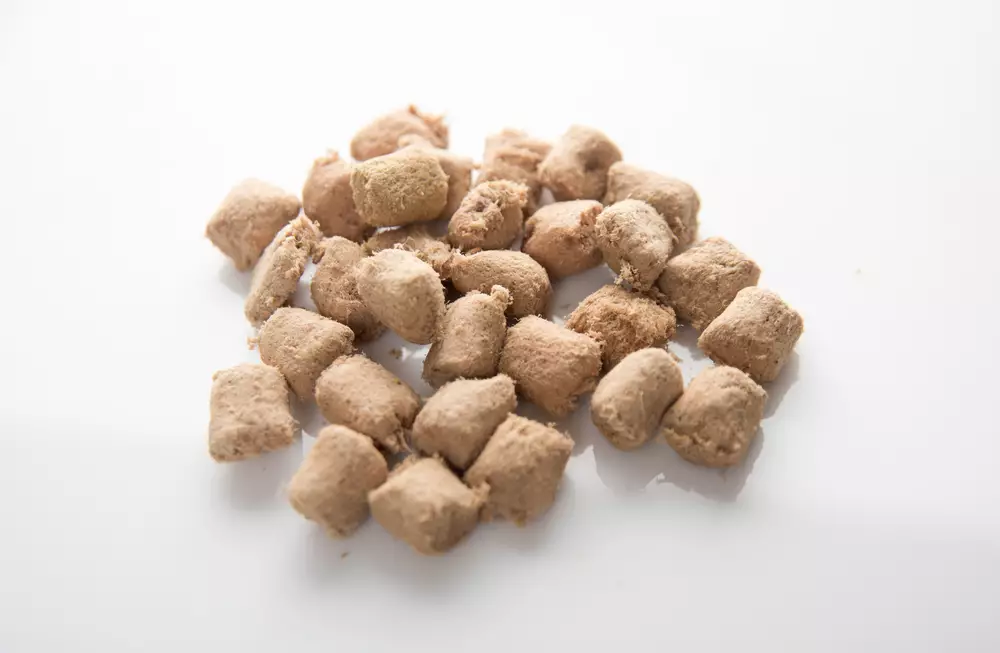The world of canine nutrition is an ever-evolving landscape, reflecting a deeper understanding of what our furry companions require for optimal health. Within this vibrant space, the rise of freeze-dried and air-dried dog foods has captured the attention of pet owners seeking not just food but a holistic approach to their dog’s diet. These innovative food types promise high-quality nutrition while addressing the growing concern for pet wellness. Through a thorough exploration of both options, we can better understand their distinct characteristics, benefits, and how they fit within the modern pet ownership narrative.
Understanding Freeze-Dried Raw Dog Food
Freeze-dried raw dog food adheres closely to the primal dietary patterns that many enthusiasts advocate for. The preparation method involves freezing the raw ingredients before employing a vacuum process that removes moisture, leading to a product that is both lightweight and nutrient-dense. What sets this food apart is its ability to retain essential vitamins, minerals, and natural enzymes, effectively keeping the nutritional integrity intact.
One of the prominent advantages of freeze-dried food is its long shelf life. With minimal moisture, preservatives become a relic of the past, allowing pet owners to store it without concern about it spoiling quickly. This durability means that you can stock up without fear of waste. The dietary benefits also tend to resonate with pet lovers who strive for a diet that mirrors what dogs would traditionally consume in the wild. As a result, this can yield noticeable benefits, such as enhanced digestion, a shinier coat, and increased overall vitality.
However, it is essential to discuss the financial implications. Freeze-dried raw dog food typically carries a price tag ranging between $25 to $50 per pound, making it a premium choice. For many pet owners, this consideration must align with their budgets and values regarding local, sustainable food sourcing.
The Benefits of Air-Dried Dog Food
In contrast, air-dried dog food utilizes a gentler drying process that involves warm air to evaporate moisture from the ingredients. This method, while still preserving a significant portion of the nutrition, does introduce minimal heat. Consequently, it leads to a different profile when comparing nutrient retention. For instance, while nutrient density is still high, certain vitamins and enzymes may experience slight degradation compared to freeze-dried options.
What makes air-dried dog food particularly appealing is its remarkable convenience. Unlike freeze-dried food, which often requires rehydration, air-dried dog food is ready to serve straight from the bag. This can save precious time for pet owners juggling busy lives, making it an attractive option for those constantly on the go. The cost of air-dried varieties typically ranges from $20 to $40 per pound, making them a slightly more accessible alternative to freeze-dried options.
Another notable benefit is the textural experience. The chewy nature of air-dried food can entice dogs that prefer a texture that lies somewhere between crunchy kibble and soft wet food.
Comparative Analysis: Nutrition and Practicality
Both freeze-dried and air-dried dog foods present compelling arguments in favor of their nutritional profiles. Freeze-dried food usually shines in terms of digestibility due to its raw nature, which can lead to pronounced improvements in gut health, energy levels, and coat quality. Conversely, air-dried food remains easy to digest for most dogs yet may not deliver the raw food movement’s full advantages.
There are also critical safety concerns integrated into the discussion around these food types. The raw nature of freeze-dried foods can introduce potential risks like bacterial contamination, although trusted brands take significant precautions to minimize these risks in their production processes. Air-dried food, on the other hand, enjoys a slight edge as its warm air drying can mitigate some pathogens, yet proper handling and storage are still paramount.
From an environmental perspective, air-drying generally has a lesser ecological footprint than freeze-drying, which requires more energy-intensive processes. This consideration may resonate with environmentally-conscious consumers who prioritize eco-friendly choices in their purchasing decisions.
Final Thoughts: Choosing the Right Option for Your Dog
As the dog food industry continues to innovate, pet owners find themselves at a crossroads: should they opt for the nutrient-dense appeal of freeze-dried raw dog food or the convenience and practicality of air-dried alternatives? This decision hinges on several factors, including personal preferences, lifestyle needs, and, of course, the individual dog’s requirements.
Moreover, transitioning between food types necessitates a thoughtful approach. Pet owners should consider gradual introductions to avoid digestive issues and ensure a seamless dietary change. Whether you favor the meticulous freeze-dried raw option or the accessible air-dried variety, the ultimate goal remains the same: to provide a diet that promotes health, happiness, and vitality for your beloved canine companion. As you delve into these choices, consider the ingredients, sourcing practices, and values that align with your family’s ethics and your dog’s nutritional needs, ensuring a well-rounded approach to canine care.

